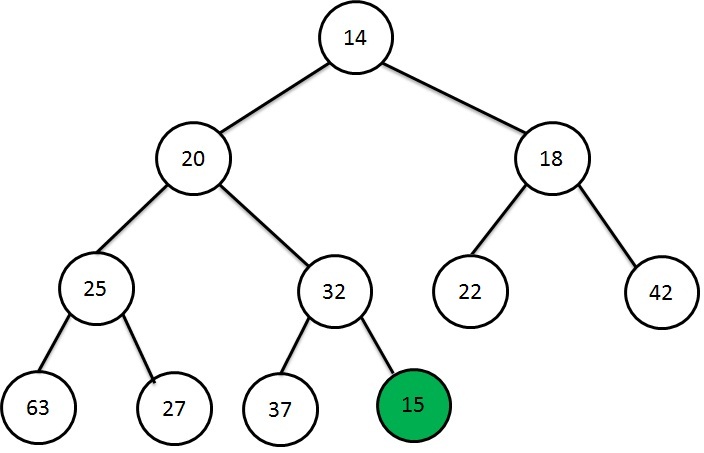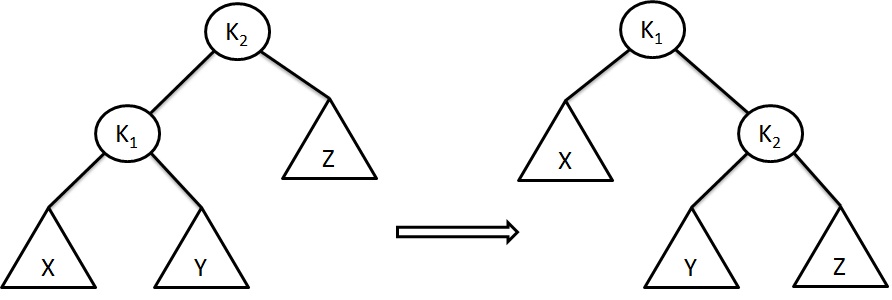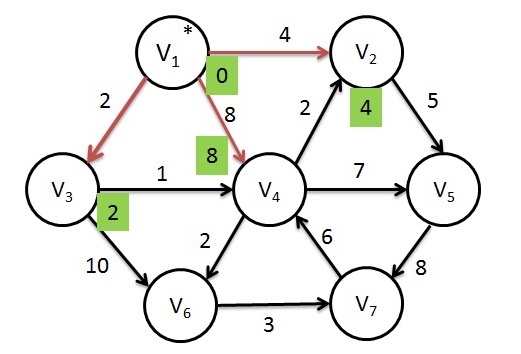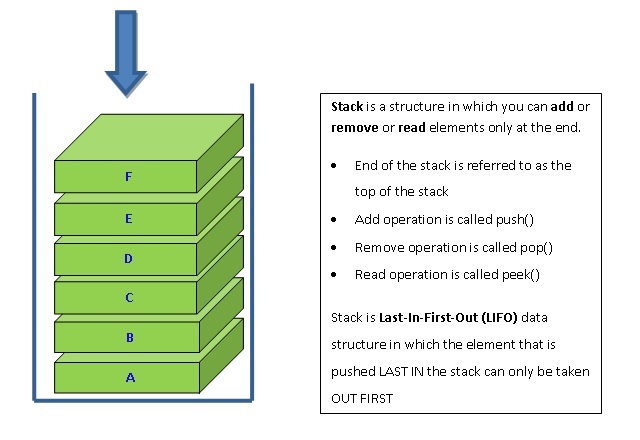OS Types
Operating Systems can be classified in 2 ways
- based either on the type of device in which it is installed and used
- based on the capability of the operating system.
Types of Operating System - Based on Device Used
Desktop Operating System
Operating systems that are used on Desktops and Laptops are classified under desktop operating system. Microsoft windows has 82% market share in the desktop operating system followed by Apple's MacOS having 13% market share followed by Linux having 1.5% market share.
Windows has its dominance mainly because of
- GUI user friendliness at lesser price and
- ability to run on most of the processor brands such as Intel or AMD compared to MacOS tied to Apple's Mac machines.
- Applications like Microsoft Word, Excel and Powerpoint and
- Huge number of third party applications written for Windows made it increasingly popular
MacOS
- is more preferred by users who find it more graphical, appealing and aesthetic.
- has preloaded tools to work with photos and videos which increased its popularity.
Server Operating System
Based on monthly data collected by W3Cook, Linux, UNIX and UNIX-like operating systems have more than 98% market share followed by Windows which has around 1.5% market share.
Linux or UNIX is more preferred for servers because of the following reasons
- UNIX is designed to be very secure compared to Windows
- Very low cost of OS compared to windows or Mac
- it is not necessary to have a great UI for server software
Mobile Operating System
Mobile operating system include operating systems running on smartphones and tablets.
- Android - More than 81% market share
- iOS - Less than 17% market share
Supercomputer Operating Systems
Supercomputers are used in weather forecasting, space research and wherever ahuge amount of data needs to be parallel processed in a short amount of time. IBM Blue Gene and Cray XK6 are some of supercomputers
Examples of supercomputer operating systems- CNK - Computer Node Kernel
- INK - Input Node Kernel based on modified Linux operating system
Embedded, Industrial Robots and Controllers Operating Systems
Other than personal computers, super computers and mobile phones, Operating Systems are used in a number of use cases in
- Devices
- Equipments
- Controllers
- Industrial Robots
- Embededed OS
- General purpose OS
- Industrial OS
- Research OS
- Process control OS
- Safety critical OS
- IoT OS
- virtual OS
VxWorks has been used in
- Cars and other automative systems
- industrial robots, aircraft systems
- data storage controllers,
- medical systems,
- network and communication systems - switches, routers, satellite modems, cable modem
- firewalls, processor boards
Cloud based Operating System
These are lightweight operating systems used for cloud based use cases. Examples: Chrome OS(linux based and uses google chrome as interface), EasyPeasy (debian and unbuntu) linux based OS for netbooks), Joli OS (Ubuntu Linux based), EyeOS(gives desktop interface within web page), OSW3, DOKY(linux based)














